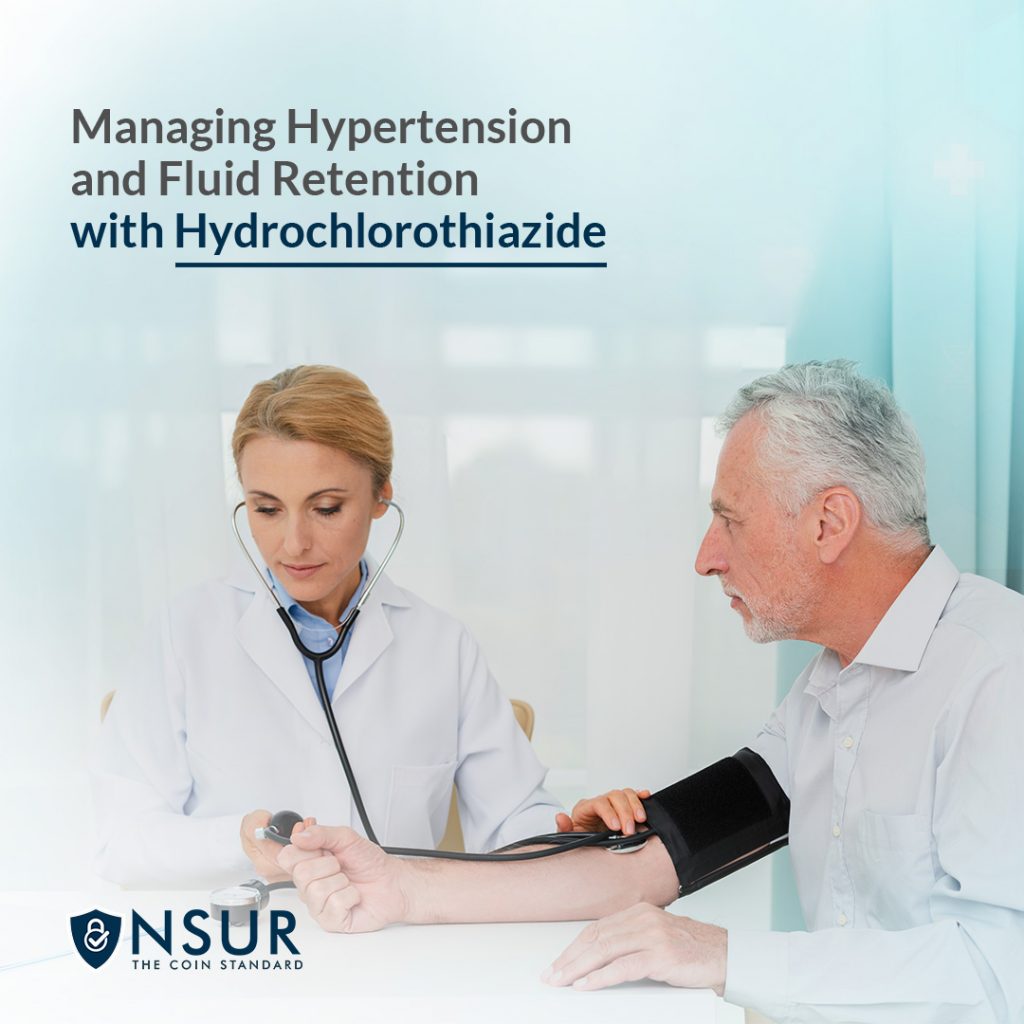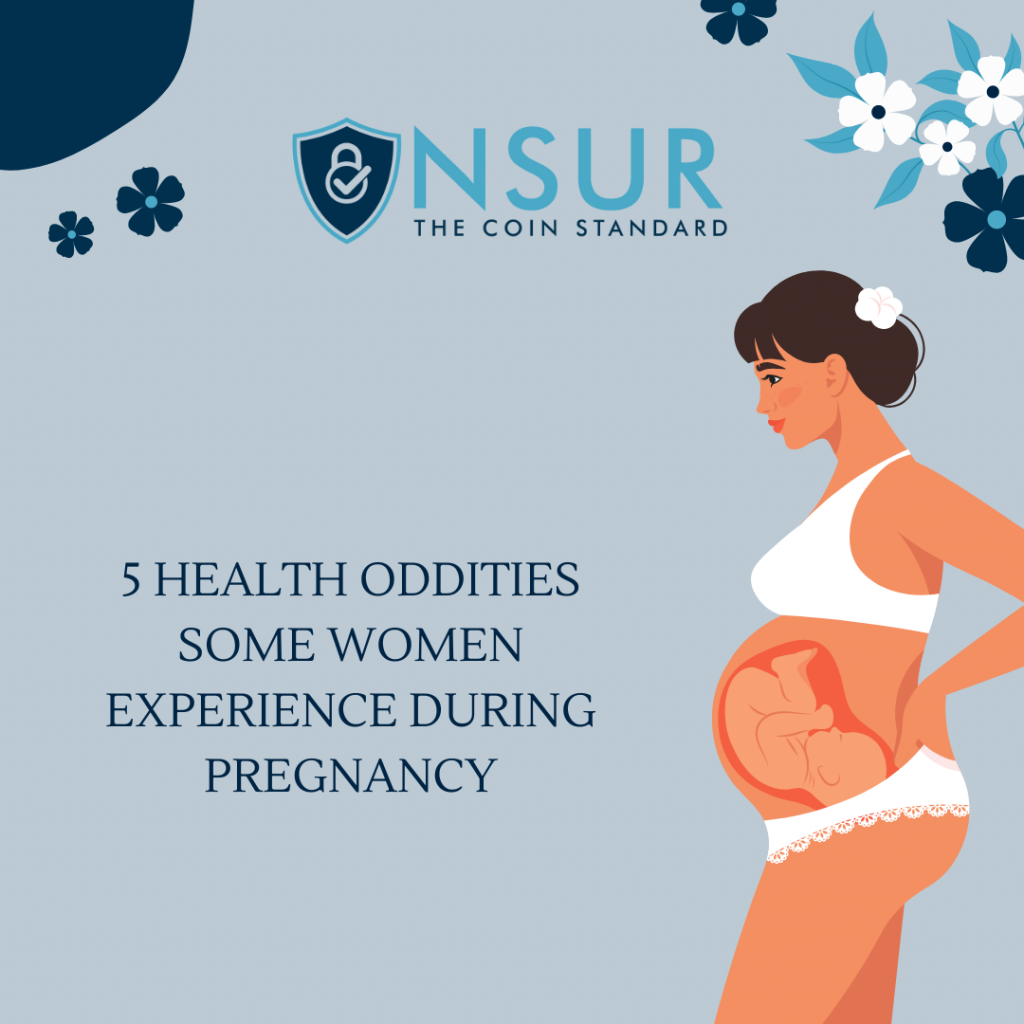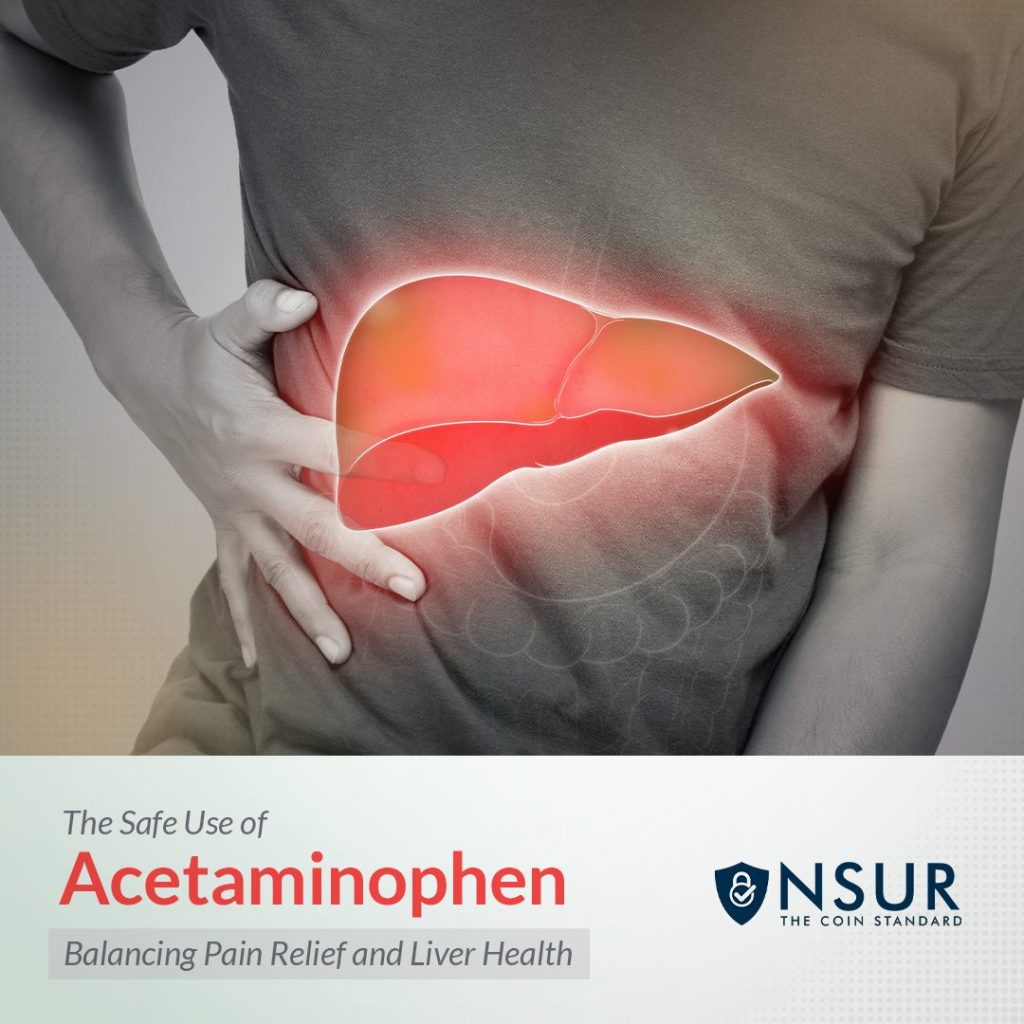
Striving to lead a fully active lifestyle after stroke is achievable and not as difficult as it seems.
It’s physically and mentally exhausting to have a stroke. Stroke strikes 15 million people a year, according to the World Health Organization (WHO). Some 5 million people perished and many others were permanently disabled as a result of these disasters.
Stroke recovery can be a difficult task to take on. Your brain needs to relearn a variety of skills after the stroke caused it to become damaged, among other things.
New research from Georgetown University Medical Center, on the other hand, demonstrates that the brain is amazingly resilient and capable of reorganizing itself after a stroke. This demonstrates that a recovery is not as impossible as was previously believed.
Exercising After a Stroke
After a stroke, it’s crucial to get back into a regular exercise routine. Exercise can help prevent a recurrence of a stroke because physical inactivity is a risk factor for having a second stroke.
It has been shown that exercise can aid stroke survivors’ return to function cognitively. Stroke survivors’ cognitive deficits were found to be significantly improved by physical activity training in a recent study. Training programs that began three months after the initial stroke and lasted only 12 weeks were also effective in improving cognition.
Exercise Recommendations for Stroke Survivors
The benefits of exercise following a stroke are undeniable. However, when establishing an exercise regimen as a stroke survivor, it is essential to include both cardiovascular fitness and muscle strengthening for optimal results.

Cardiovascular Fitness
To build a healthy heart, increase endurance, and maintain a healthy lungs, aerobic exercise is essential. Stroke survivors’ sensory perception and motor skills can be improved through cardiovascular exercise. Many forms of exercise that get your heart pumping are extremely beneficial for stroke recovery.
Key exercises to work into your lifestyle as a stroke survivor include:
- Walking
- Stationary cycling
- Recumbent cross-training
If you’ve had a stroke, you should get at least 20-60 minutes of aerobic exercise three to seven days a week, at a heart rate ranging from 50 to 80 percent of your maximum heart rate. Aerobic exercise can be done in one sitting or in smaller doses throughout the day.

Muscle Strengthening
In post-stroke rehabilitation, resistance training or muscle strength training is essential because it aids in the recovery of physical strength, stamina, stability, and flexibility.
Examples of good exercises for stroke survivors include:
- Wrist Curls
- Wrist and Hand Stretch
- Shoulder Openers
- Table Towel Slide
- Trunk Bends
- Knee Rotation
- Hip Abduction
- Standing Knee Raises
- Sit to Stands
- Hip Thrusts
When doing these exercises, it is best to have a loved one or caregiver nearby to help you out.
How to save money on your stroke medications with NSURx
Aside from these exercises, a healthy diet and medication can also help you recover from stroke. But, stroke medications are not cheap!
With the NSURx Prescription Benefit Card, you can save money on stroke medicines at more than 35,000 pharmacies across the United States.
Just show your pharmacist your NSURx card and you could save up to 80% on your stroke medication. This could save you THOUSANDS of dollars over the course of a year.
Additionally, the more you shop with NSURx, the more NSUR Coin you’ll earn as a reward! You can then use these reward tokens to make purchases in our online shopping platform.











